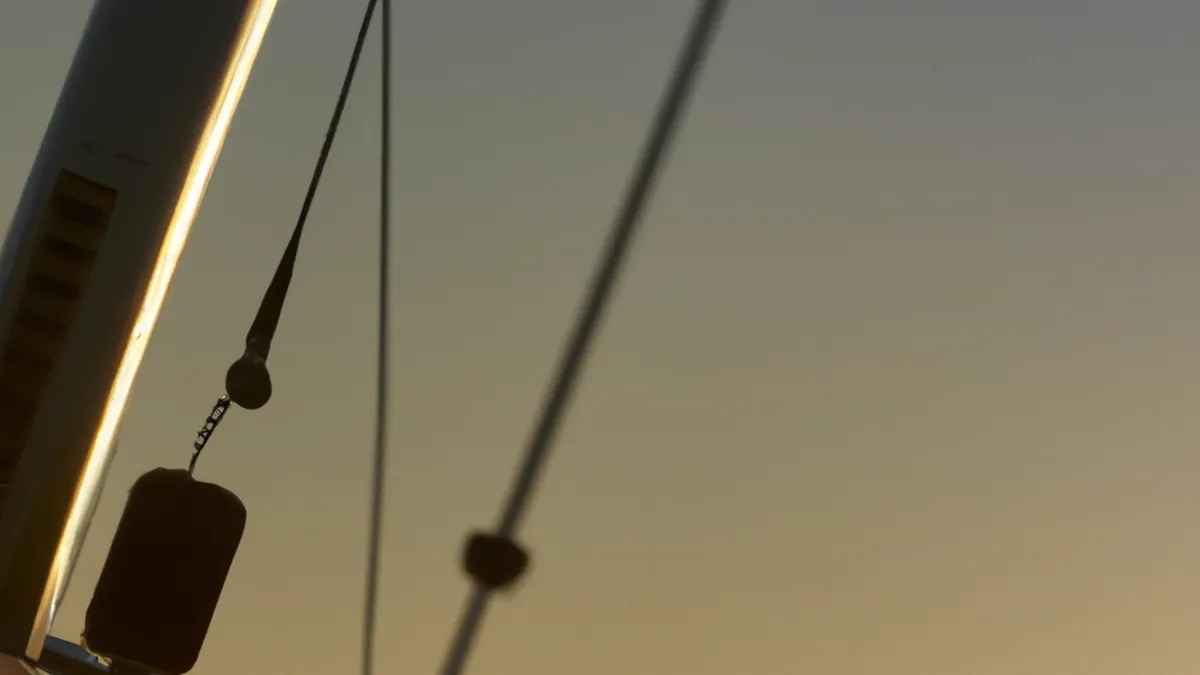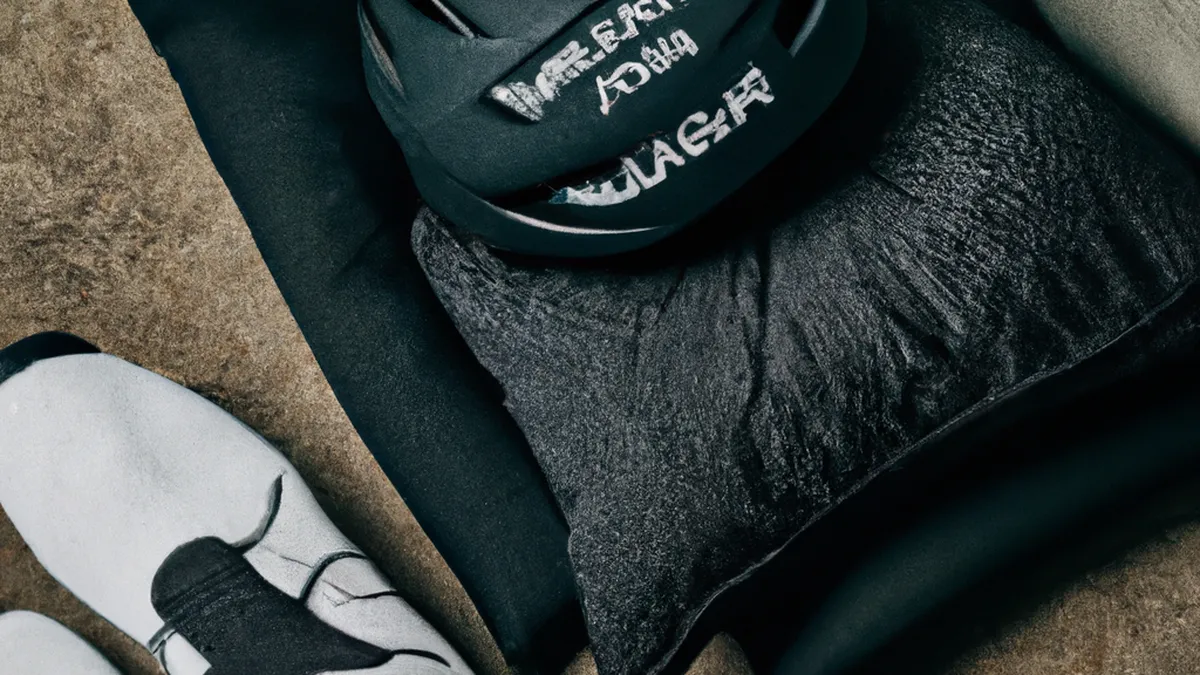Radar vs. Satellite: Which to Trust?
Weather Forecasting Tools for SailorsSailing offers adventure, freedom, and a deep connection to nature. However, the open water can present unpredictable challenges due to sudden weather changes. Understanding weather conditions is crucial for safe sailing. Fortunately, sailors can use various weather forecasting tools to navigate effectively. This post explores essential tools, tips for effective use, and their benefits.
Types of Weather Forecasting Tools
Mobile Apps
Mobile apps have changed how sailors access weather information. With smartphones widely available, sailors now carry extensive weather data in their pockets. Numerous apps cater to different aspects of weather forecasting.- **NOAA Weather Radar**: This app provides real-time radar images, severe weather alerts, and detailed forecasts, helping sailors stay updated.- **Windy**: Windy offers visually appealing wind maps, allowing sailors to see wind patterns, wave heights, and precipitation forecasts easily.- **SailFlow**: SailFlow focuses on wind conditions, providing localized wind forecasts critical for optimizing sailing routes and techniques.These apps often include tide charts, UV index, and fishing forecasts, making them versatile for various outdoor activities.
Websites and Online Resources
Several websites also offer comprehensive weather information tailored for sailors.- **Weather.com**: Weather.com provides national and localized forecasts, radar images, and alerts. It’s user-friendly and suitable for novice and experienced sailors.- **Saildocs**: Saildocs specializes in marine weather forecasts, offering detailed information about specific sailing areas. It provides various weather products, including GRIB files for in-depth analysis.- **PredictWind**: PredictWind benefits offshore sailors with advanced weather modeling and accurate forecasts, helping optimize sailing routes.These online resources often include forums where sailors can share experiences and tips, enhancing collective knowledge.
VHF Radio
A VHF radio remains a critical tool for sailors at sea. It allows access to NOAA weather channels, providing continuous updates on current conditions and forecasts. VHF radios are essential for emergency communications.Listening to NOAA weather broadcasts alerts sailors to severe weather warnings, such as storms or hazardous sea conditions. A VHF radio ensures you stay informed, even without other communication means.
Tips for Using Weather Tools
As an Amazon Associate I earn from qualifying purchases.
Gear tip: consider compression sleeves, compression socks, and percussive massager to support this topic.
Check Multiple Sources
Sailors should never rely on a single source for weather information.
Conclusion
In summary, using weather forecasting tools enhances sailors’ safety and navigation skills.
Below are related products based on this post:
FAQ
What are some essential mobile apps for weather forecasting?
Some essential mobile apps for weather forecasting include NOAA Weather Radar, Windy, and SailFlow. NOAA Weather Radar provides real-time radar images and alerts, while Windy offers detailed wind maps. SailFlow focuses on localized wind forecasts, making them critical for optimizing sailing routes.
How can websites assist sailors with weather information?
Websites like Weather.com, Saildocs, and PredictWind offer comprehensive weather information tailored for sailors. Weather.com provides user-friendly national and localized forecasts, while Saildocs specializes in marine weather forecasts. PredictWind is particularly beneficial for offshore sailors with its advanced weather modeling.
Why is a VHF radio important for sailors?
A VHF radio is crucial for sailors as it allows access to NOAA weather channels for continuous updates on conditions and forecasts. It also serves as a vital communication tool for emergencies, ensuring sailors are informed about severe weather warnings even without other communication means.















Post Comment